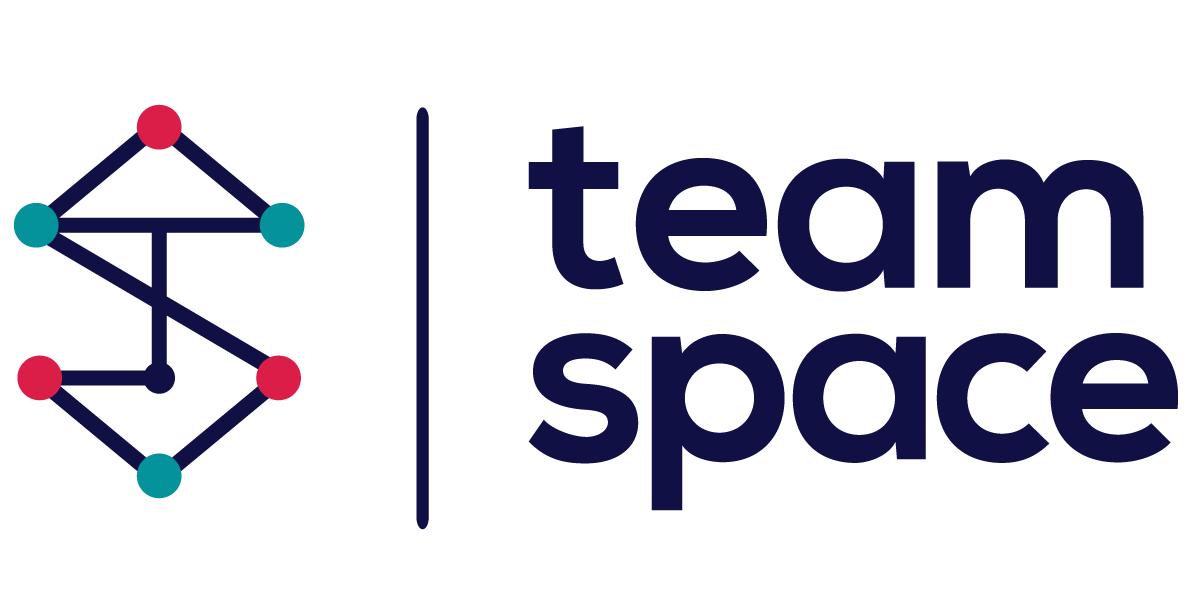Surveys
User Story: Creating Effective Customer Surveys with Team Space
As a Product Manager, I aim to harness the capabilities of Team Space to create insightful and actionable customer surveys. These surveys are essential to gather meaningful feedback on client behaviors, pain points, and opinions, thereby enabling us to improve our products and services.
To achieve this, we need to design and deploy surveys that yield high response rates and reliable data. The following process will guide the creation and implementation of effective surveys using Team Space:
Audience Definition
First, it’s crucial to define and segment the survey audience accurately. This can be done based on various criteria such as product purchases, geographic location, or industry sector. The objective here is to ensure that the survey reaches the right individuals who can provide targeted feedback relevant to our survey goals.
Question Design
The design of the survey questions is paramount. Questions must be crafted to be neutral and non-leading to ensure that responses are honest and unbiased. The structure of the survey should be such that it transitions smoothly from simple to more complex questions, maintaining the engagement of the respondents throughout.
Survey Goals
Clear and concise objectives for the survey should be established. These objectives, summarized in two to three sentences, will guide the creation of questions and keep the survey focused. Each question must align with these objectives to ensure that the data collected is relevant and actionable.
Survey Length and Structure
To minimize the abandonment rate, surveys should be concise, ideally under 10 questions. The questions should be arranged logically, starting with simpler ones and gradually progressing to more complex queries. This structure helps in maintaining the respondent’s interest and reduces the likelihood of dropouts.
Customization and Analysis
Team Space provides tools that allow for dynamic customization of surveys based on previous answers. Utilizing these tools can enhance the respondent’s experience and improve the quality of data collected. Additionally, it’s important to implement tracking mechanisms for dropout rates to identify and rectify problematic sections. Flexibility in question types, including multiple-choice and open-ended questions, should be leveraged to capture a wide range of responses.
Deployment and Feedback Collection
The distribution of surveys should be through appropriate channels to effectively reach the defined audience. Once deployed, the responses need to be collected and analyzed to generate actionable insights. This analysis is crucial for understanding client perspectives and making informed decisions.
Task List
- Define the target audience: Segment the audience based on relevant criteria to ensure targeted feedback.
- Draft initial survey questions: Ensure that questions are neutral and directly relevant to the survey goals.
- Review and refine questions: Eliminate any biases and ensure clarity and neutrality.
- Set up the survey in Team Space: Utilize customization options to create a dynamic question flow.
- Conduct a pilot test: Test the survey with a small group to gather initial feedback and make necessary adjustments.
- Deploy the survey: Send the survey to the full audience through the most effective channels.
- Monitor response rates: Keep track of the response and dropout rates, making adjustments as needed.
- Analyze survey data: Extract actionable insights from the responses and report findings to stakeholders.
Notes
Throughout this process, it’s essential to ensure compliance with data privacy regulations when collecting and storing survey responses. The survey should be regularly updated based on feedback and evolving business needs to maintain its relevance and effectiveness. By following this structured approach, we can create effective customer surveys that provide valuable insights and drive product and service improvements.
Regularly update the survey based on feedback and changing business needs to maintain its relevance and effectiveness.
